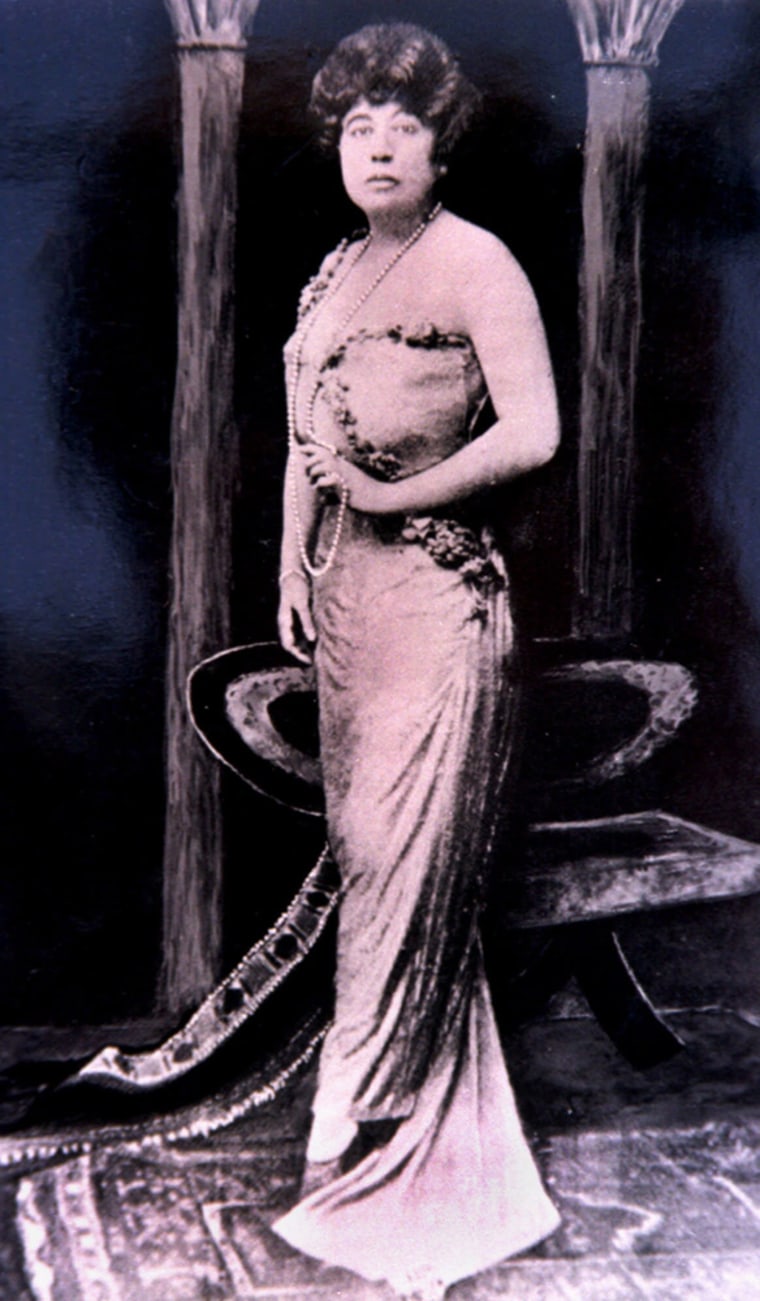Born Margaret “Molly” Tobin on July 18, 1867 in Hannibal, Mo., Brown’s name became synonymous with buoyancy and known around the globe during her eventful life.
After moving to Leadville, Colo., she married miner James Joseph “J.J.” Brown in 1886, giving birth to two children while he eked out a decent living in the silver and lead mines in the area.
Their lifestyle changed dramatically in 1893, however, when J.J. Brown opened the Little Jonny Mine and tapped into what was then the richest gold strike in U.S. history.
Brown separated from her husband in 1909, after 23 years of marriage, but was well provided for in their amicable parting.
In April 1912, while visiting Europe, she booked passage on the HMS Titanic’s maiden voyage. When the ship struck an iceberg and began sinking, Brown was tossed into a lifeboat as it was being lowered and helped row it to safety.
After she and the other survivors were rescued by the RMS Carpathia, Brown immediately began organizing efforts to help the less-fortunate survivors, many of whom spoke no English and had lost everything. She raised $10,000 from the first-class passengers before the ship reached New York.
Asked by reporters upon landing to what she attributed her survival, she replied, "Typical Brown luck. We're unsinkable."
She later became president of the Titanic survivors committee and a national hero, known as the "Unsinkable Mrs. Brown."
Brown became involved in the women’s suffrage movement, running for the U.S. Senate in 1910 and 1912; went to France during World War I to lead a group dedicated to relief and rebuilding efforts there; helped preserve the childhood home of fellow Hannibal resident Samuel L. Clemens, aka Mark Twain; and spent three years touring as an actress.
She received the French Legion of Honor in April 1932 for her war relief efforts and “overall good citizenship” before dying in her sleep later that year at the age of 65. Her life story was made into a 1964 movie musical starring Debbie Reynolds and her childhood home in Hannibal is a museum.
